7993cc DOHC 64-Valve Quad-Turbocharged W16 Engine Direct Fuel Injection 1001bhp at 6,000rpm 7-Speed Dual Clutch Semi-Automatic Transmission 4-Wheel Independent Suspension 4-Wheel Ventilated Carbon-Ceramic Disc Brakes *One of only 78 Veyron 16.4 Coupes built for the US *Under 3,000 miles from new *Formerly in the collection of comedian Tracy Morgan *Nearly $100,000 in recent services THE BUGATTI VEYRON To say that the Bugatti Veyron caused a sensation when it arrived in 2005 would be a gross understatement; for here was a car that didn't just rewrite the supercar rule book so much as tear it up and start afresh. All the more remarkable was the fact that the Veyron was the dream of one man: Ferdinand Piech, CEO of the Volkswagen Group, which had acquired the Bugatti brand in 1998. Piech's ambition was to create a car that had 1,000 horsepower at its disposal, could exceed 400km/h (250mph), and cost €1 million. Turning Piech's dream into a reality would prove to be an immensely difficult undertaking, even for a company with Volkswagen's technological resources, and the result would not see the light of day for another seven years. Designed by ItalDesign boss Giorgetto Giugiaro, the first concept car – the EB118 – was displayed at the Paris Auto Show in 1998, featuring permanent four-wheel drive and a Volkswagen-designed W18 engine. A handful of variations on the theme were displayed at international motor shows over the course of the next few years before the concept finally crystallized in 2000 in the form of the Veyron EB 16.4. The latter was styled in house at VW by Hartmut Warkuß and featured an engine with 16 cylinders and four turbochargers – hence the '16.4' designation. It was named after Bugatti development engineer and racing driver, Pierre Veyron, who together with co-driver Jean-Pierre Wimille, had won the 1939 Le Mans 24-Hour race for the French manufacturer. But this was far from the end of the development process, and it would take another five years and an extensive shake-up of the project's management and engineering teams before production could begin, by which time an incredible 95% of components had been either changed or redesigned. Effectively two narrow-angle 4.0-liter V8 engines sharing a common crankcase, the 8.0-liter W16 - just - met Piech's requirements, producing a maximum output of 1,001bhp and 922ft/lb of torque, figures that would embarrass a current Formula 1 car. With a curb weight of 1,888kg (4,162lb) the Veyron had a staggering power-to-eight ratio of 523bhp per ton. Tasked with transmitting this formidable force to the ground was a permanent four-wheel-drive, dual-clutch transmission system incorporating a seven-speed paddle-shift semi-automatic gearbox, the latter built by the British company, Ricardo, while to accommodate the Veyron's phenomenal top speed Michelin designed special run-flat PAX tires. Piech had specified a maximum velocity of 250mph and the Veyron did not disappoint, with more than one tester – Top Gear's James May included - exceeding the target by a few miles per hour. At $1,250,000 (€1,225,000) the Veyron base price as also exceeded Piech's target comfortably. To maintain stability at such high speeds, the Veyron has a few aerodynamic tricks up its sleeve, a hydraulic system lowering the car at around 140mph, at which speed the rear wing deploys, increasing downforce. But if the Veyron driver wishes to exceed 213mph (343km/h), he or she needs to select Top Speed Mode (from rest) before joining what is a very exclusive club indeed. Jeremy Clarkson, reviewing the Veyron for The Times: "In a drag race you could let the McLaren (F1) get to 120mph before setting off in the Veyron. And you'd still get to 200mph first. The Bugatti is way, way faster than anything else the roads have seen." Yet despite its breathtaking performance, the Veyron contrived to be surprisingly docile at 'sensible' speeds. "Bugatti says the Veyron is as easy to drive as a Bentley, and they're not exagger
7993cc DOHC 64-Valve Quad-Turbocharged W16 Engine Direct Fuel Injection 1001bhp at 6,000rpm 7-Speed Dual Clutch Semi-Automatic Transmission 4-Wheel Independent Suspension 4-Wheel Ventilated Carbon-Ceramic Disc Brakes *One of only 78 Veyron 16.4 Coupes built for the US *Under 3,000 miles from new *Formerly in the collection of comedian Tracy Morgan *Nearly $100,000 in recent services THE BUGATTI VEYRON To say that the Bugatti Veyron caused a sensation when it arrived in 2005 would be a gross understatement; for here was a car that didn't just rewrite the supercar rule book so much as tear it up and start afresh. All the more remarkable was the fact that the Veyron was the dream of one man: Ferdinand Piech, CEO of the Volkswagen Group, which had acquired the Bugatti brand in 1998. Piech's ambition was to create a car that had 1,000 horsepower at its disposal, could exceed 400km/h (250mph), and cost €1 million. Turning Piech's dream into a reality would prove to be an immensely difficult undertaking, even for a company with Volkswagen's technological resources, and the result would not see the light of day for another seven years. Designed by ItalDesign boss Giorgetto Giugiaro, the first concept car – the EB118 – was displayed at the Paris Auto Show in 1998, featuring permanent four-wheel drive and a Volkswagen-designed W18 engine. A handful of variations on the theme were displayed at international motor shows over the course of the next few years before the concept finally crystallized in 2000 in the form of the Veyron EB 16.4. The latter was styled in house at VW by Hartmut Warkuß and featured an engine with 16 cylinders and four turbochargers – hence the '16.4' designation. It was named after Bugatti development engineer and racing driver, Pierre Veyron, who together with co-driver Jean-Pierre Wimille, had won the 1939 Le Mans 24-Hour race for the French manufacturer. But this was far from the end of the development process, and it would take another five years and an extensive shake-up of the project's management and engineering teams before production could begin, by which time an incredible 95% of components had been either changed or redesigned. Effectively two narrow-angle 4.0-liter V8 engines sharing a common crankcase, the 8.0-liter W16 - just - met Piech's requirements, producing a maximum output of 1,001bhp and 922ft/lb of torque, figures that would embarrass a current Formula 1 car. With a curb weight of 1,888kg (4,162lb) the Veyron had a staggering power-to-eight ratio of 523bhp per ton. Tasked with transmitting this formidable force to the ground was a permanent four-wheel-drive, dual-clutch transmission system incorporating a seven-speed paddle-shift semi-automatic gearbox, the latter built by the British company, Ricardo, while to accommodate the Veyron's phenomenal top speed Michelin designed special run-flat PAX tires. Piech had specified a maximum velocity of 250mph and the Veyron did not disappoint, with more than one tester – Top Gear's James May included - exceeding the target by a few miles per hour. At $1,250,000 (€1,225,000) the Veyron base price as also exceeded Piech's target comfortably. To maintain stability at such high speeds, the Veyron has a few aerodynamic tricks up its sleeve, a hydraulic system lowering the car at around 140mph, at which speed the rear wing deploys, increasing downforce. But if the Veyron driver wishes to exceed 213mph (343km/h), he or she needs to select Top Speed Mode (from rest) before joining what is a very exclusive club indeed. Jeremy Clarkson, reviewing the Veyron for The Times: "In a drag race you could let the McLaren (F1) get to 120mph before setting off in the Veyron. And you'd still get to 200mph first. The Bugatti is way, way faster than anything else the roads have seen." Yet despite its breathtaking performance, the Veyron contrived to be surprisingly docile at 'sensible' speeds. "Bugatti says the Veyron is as easy to drive as a Bentley, and they're not exagger
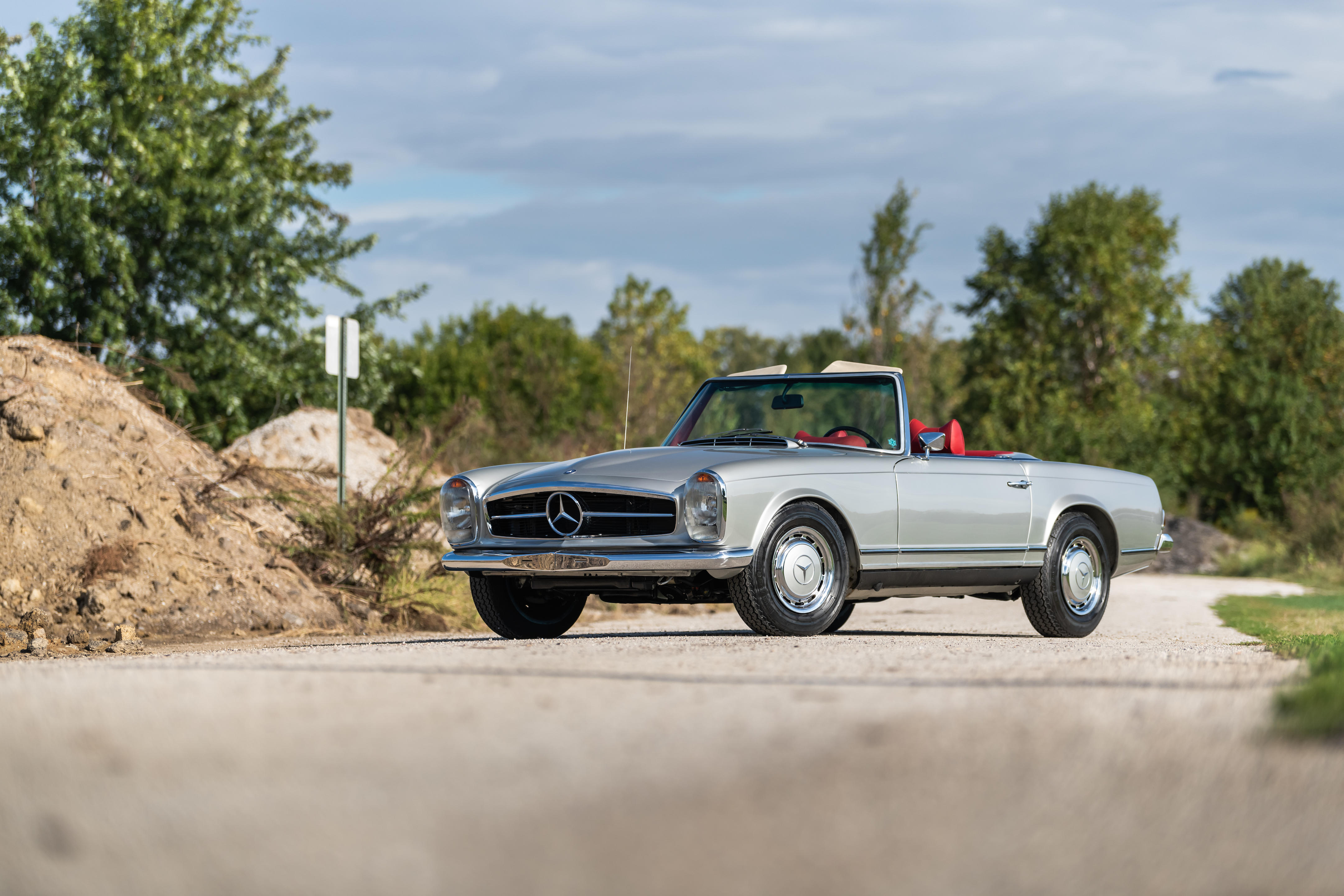

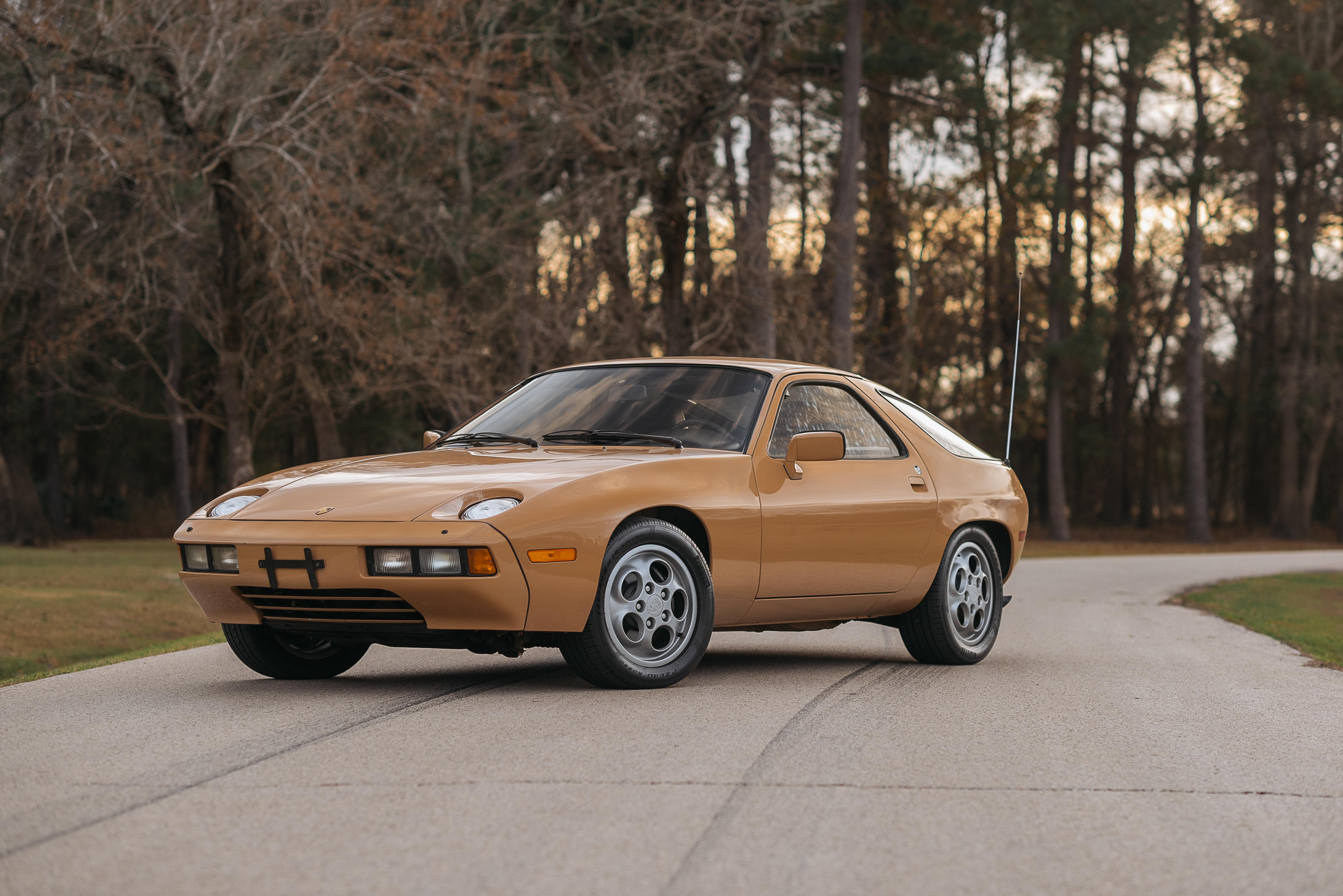
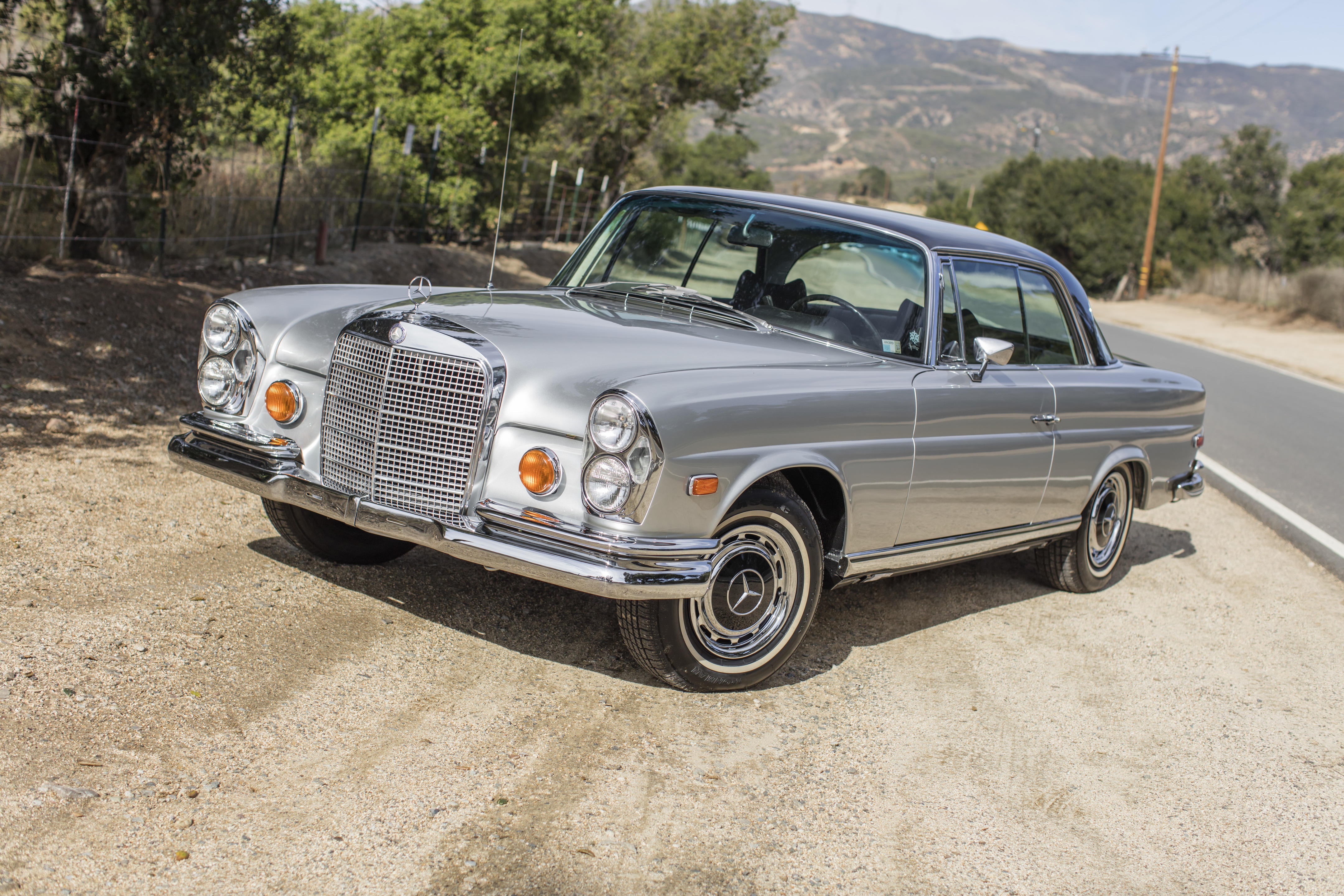
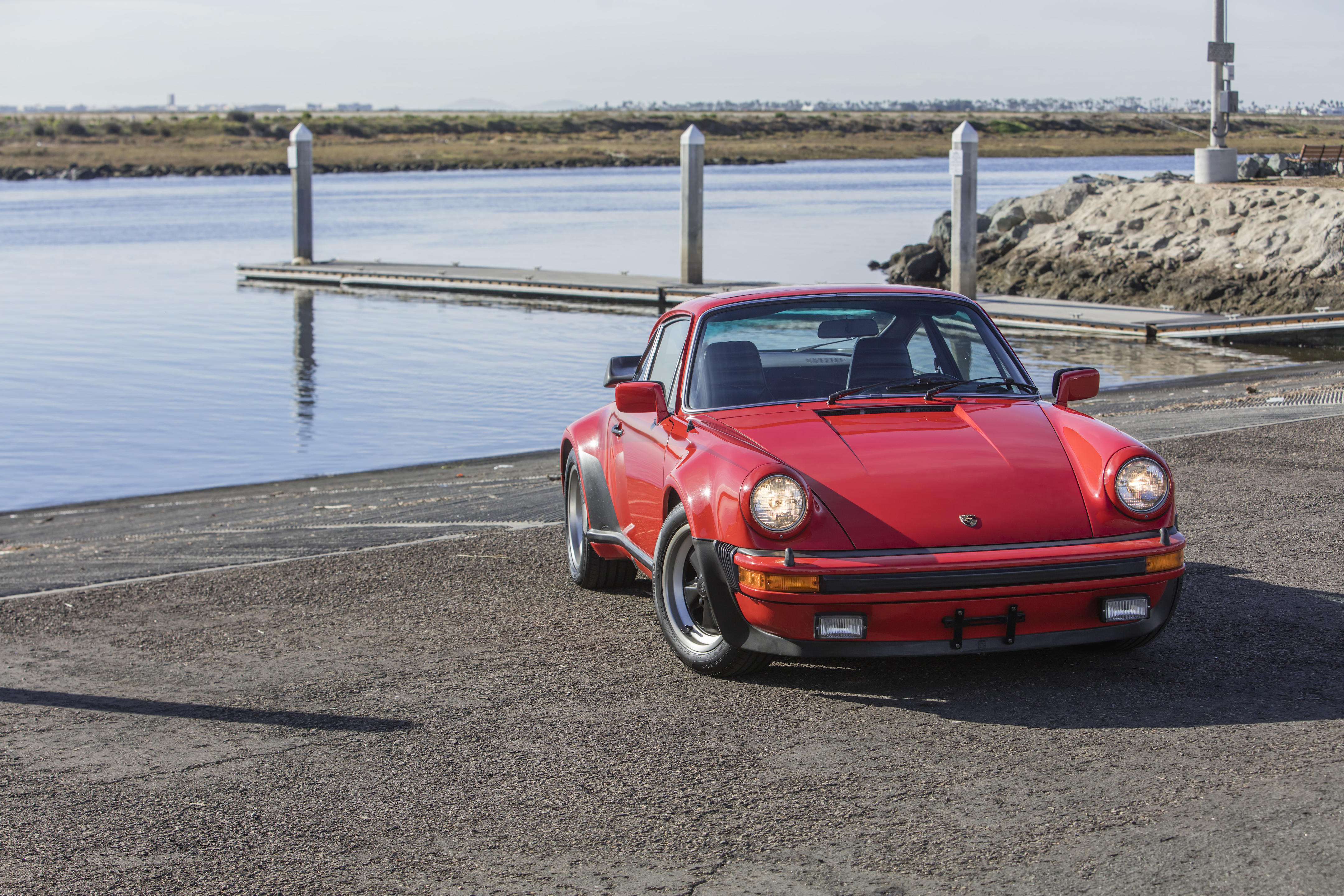
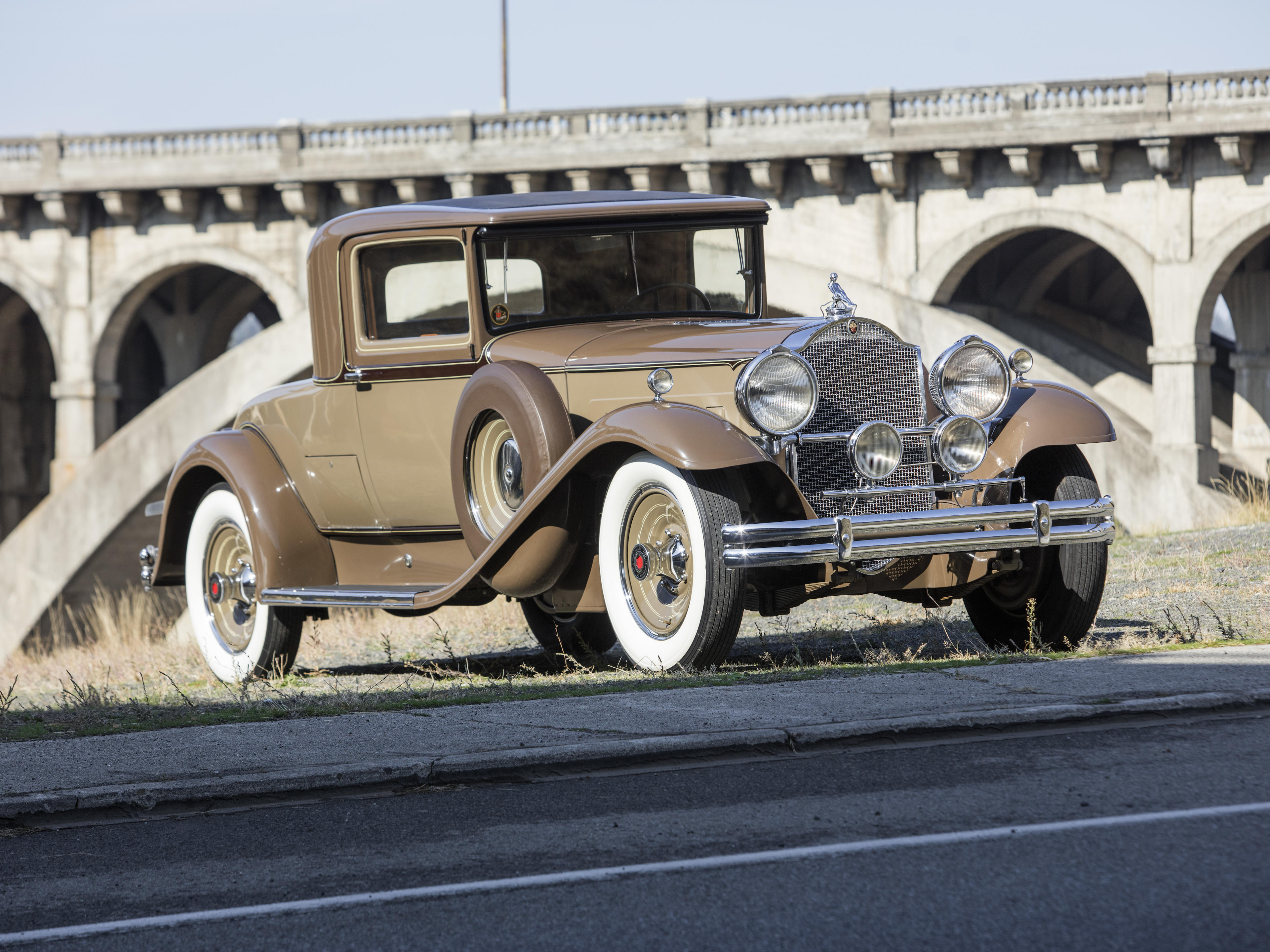
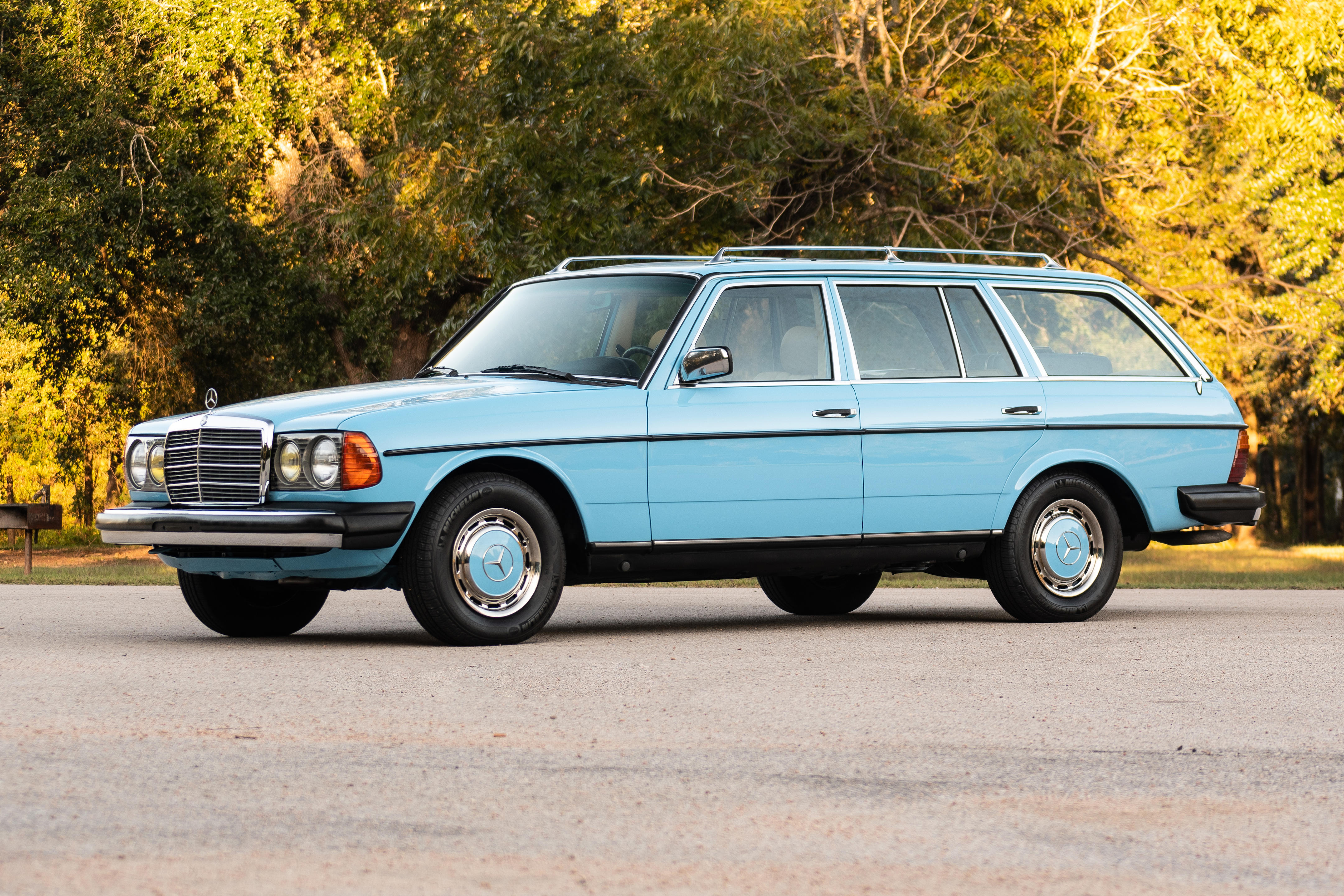
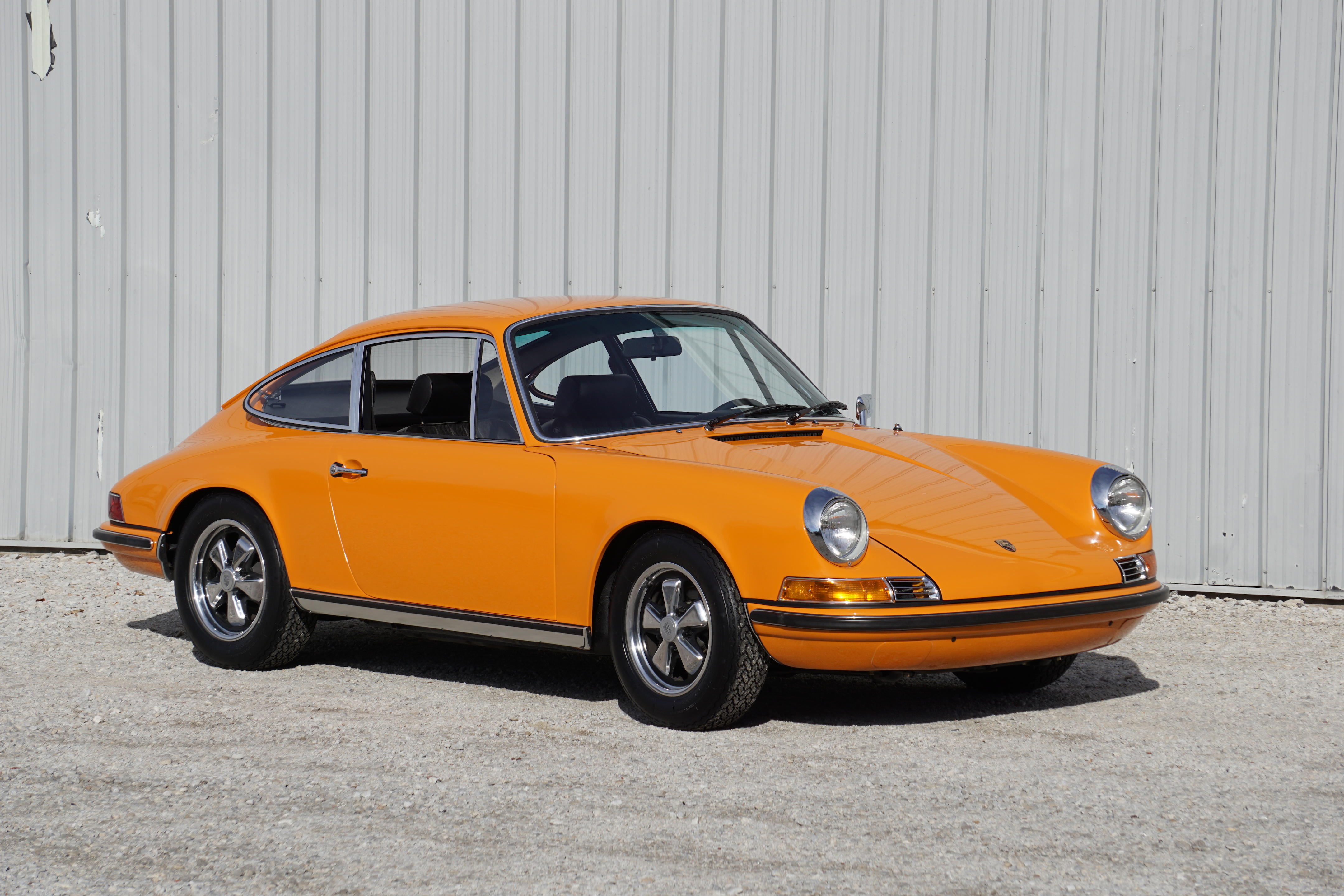
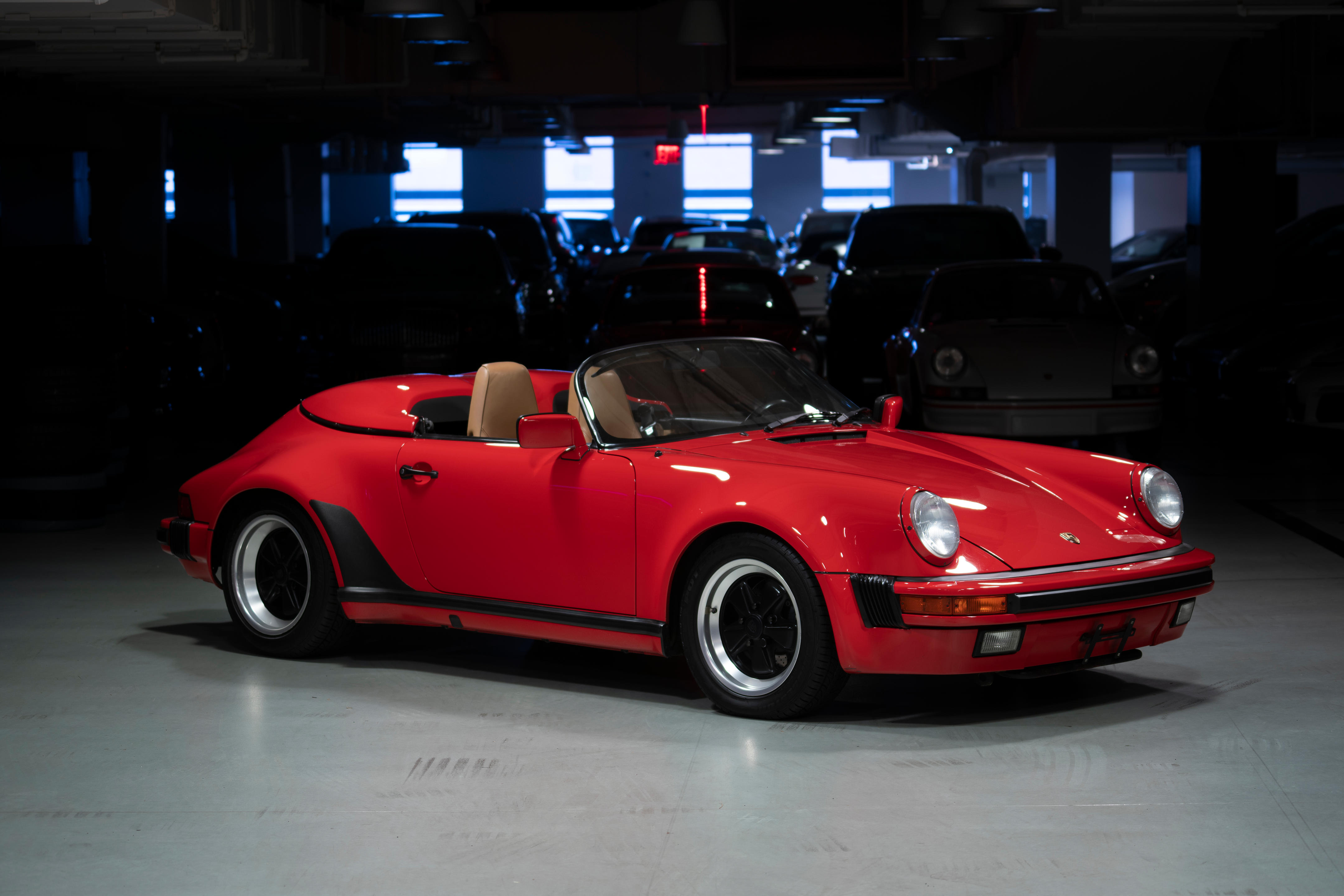
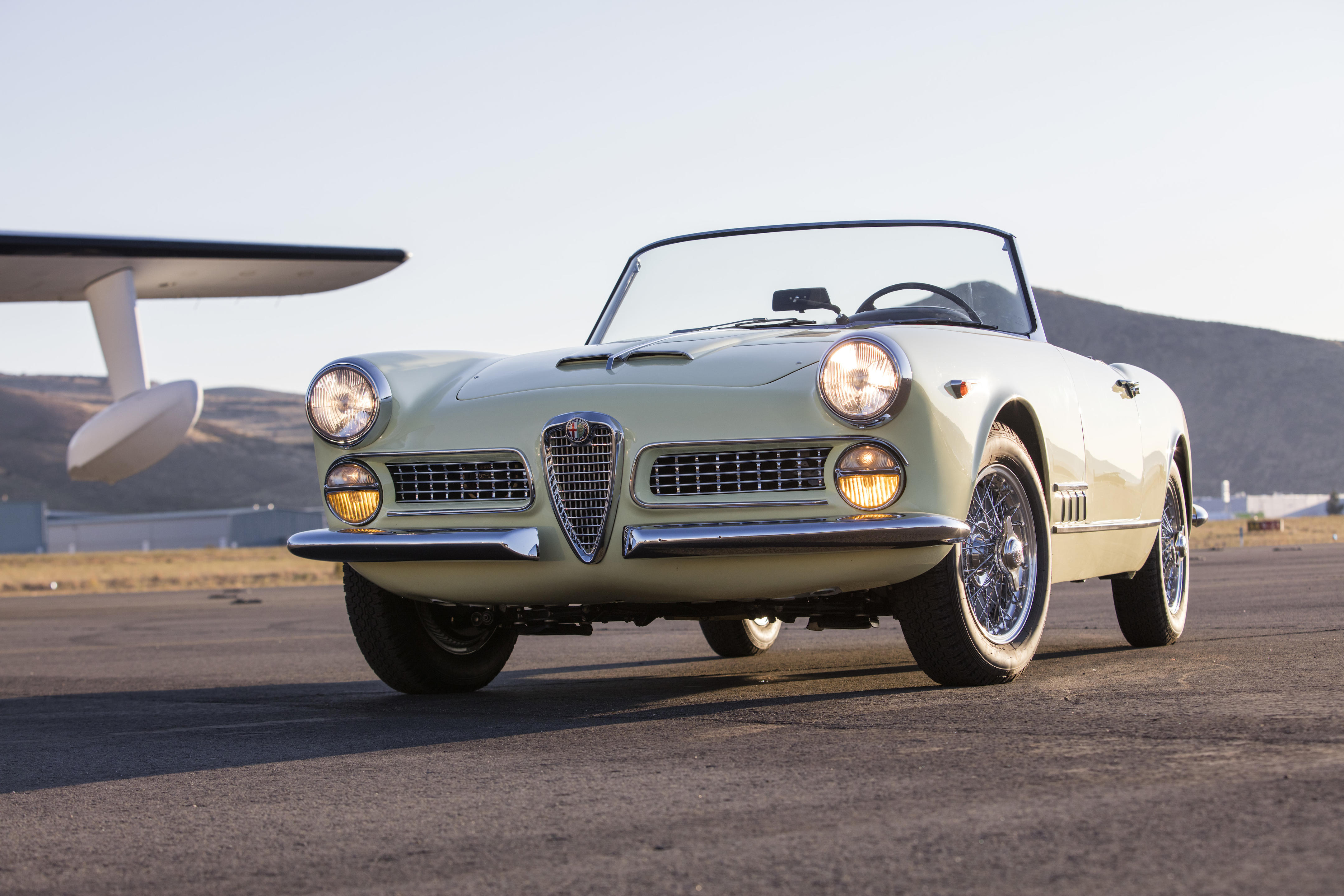
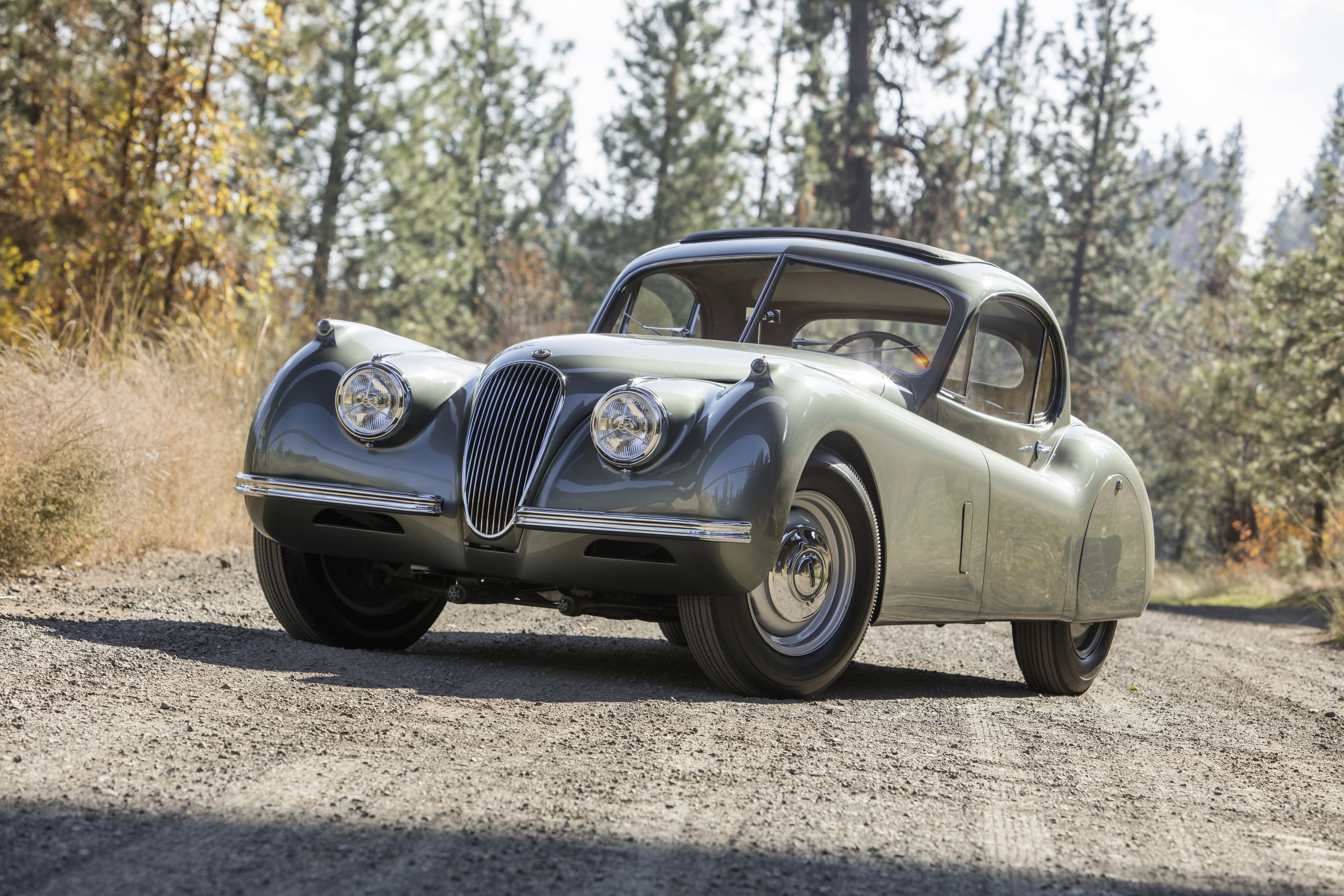
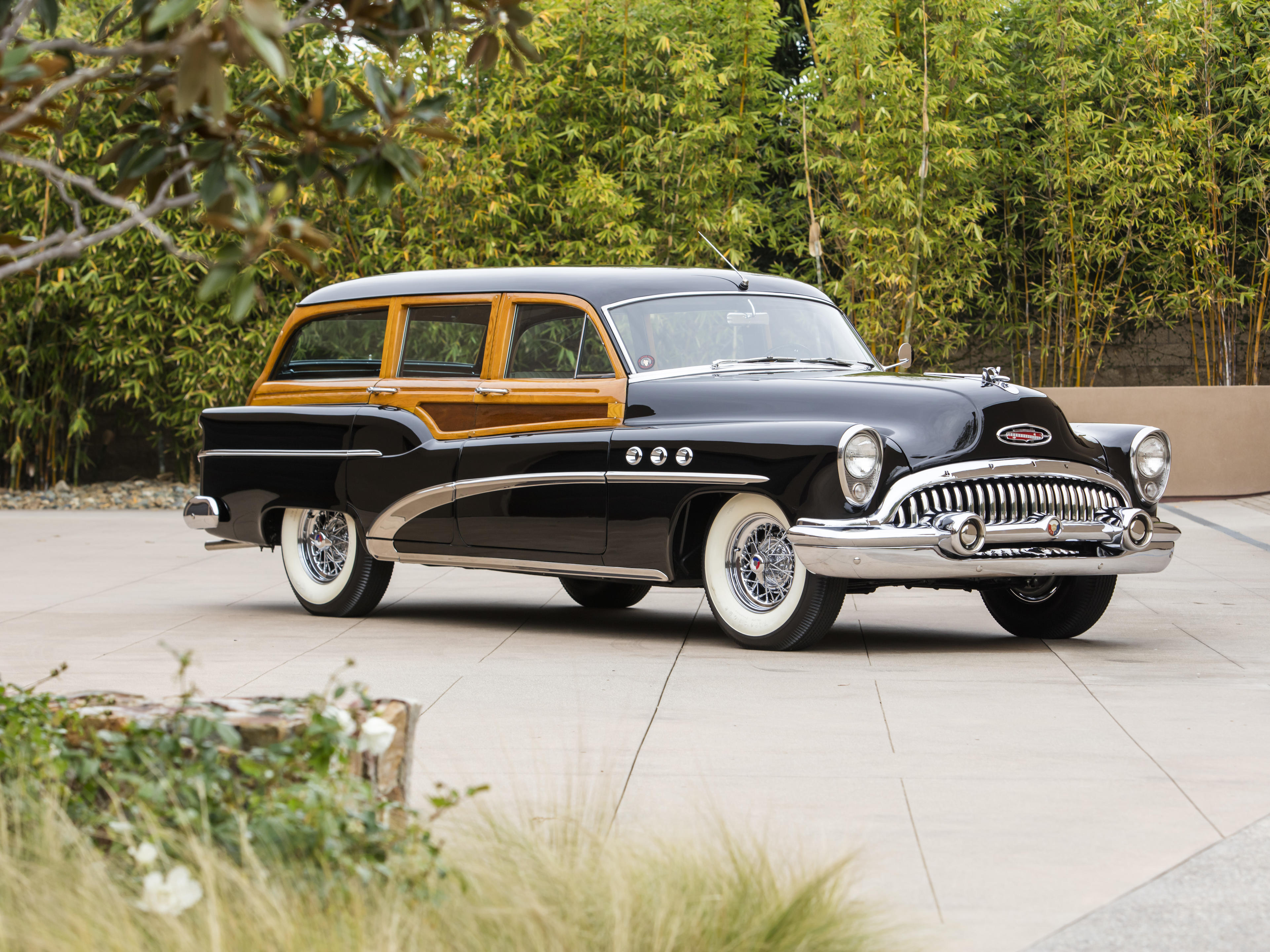
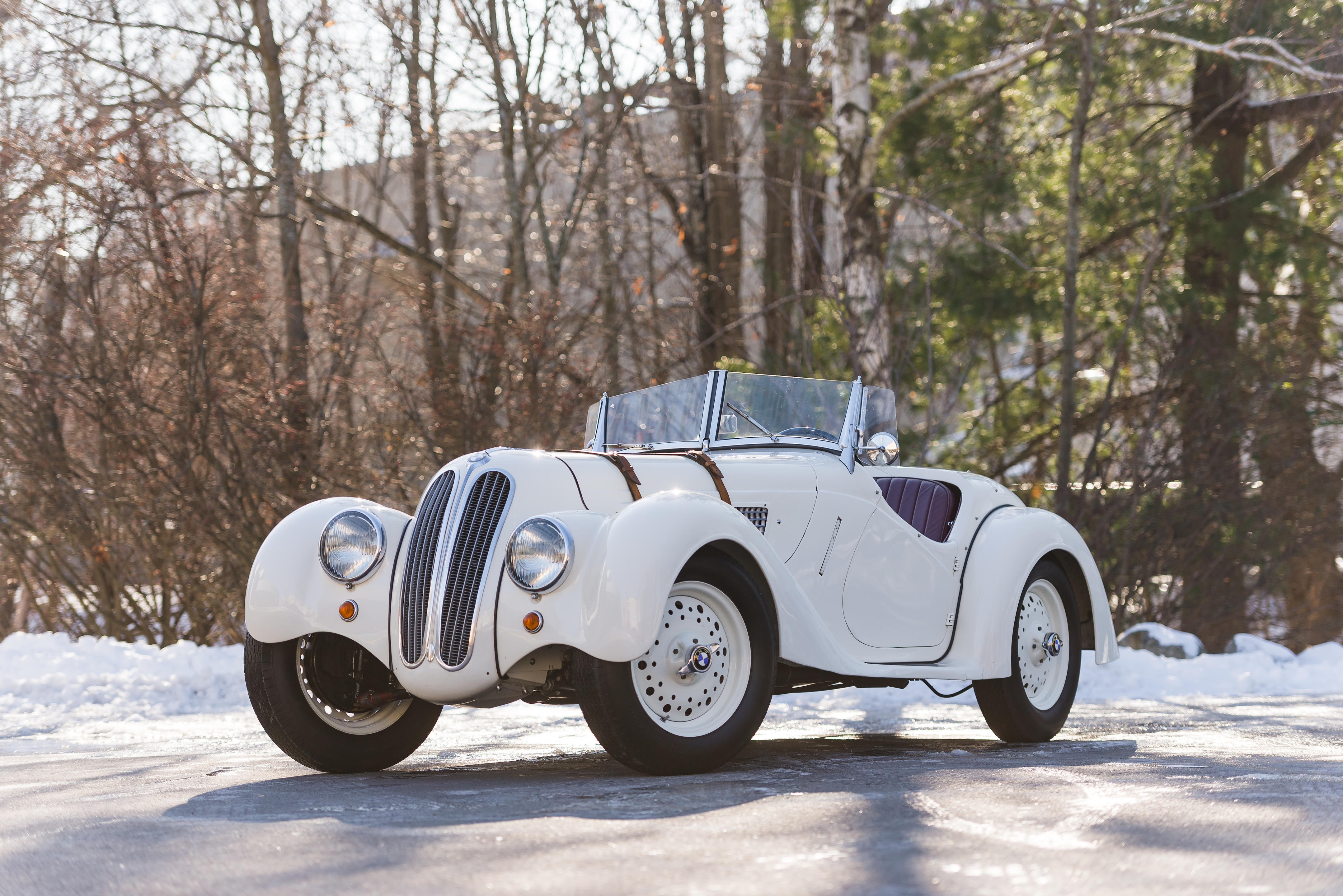
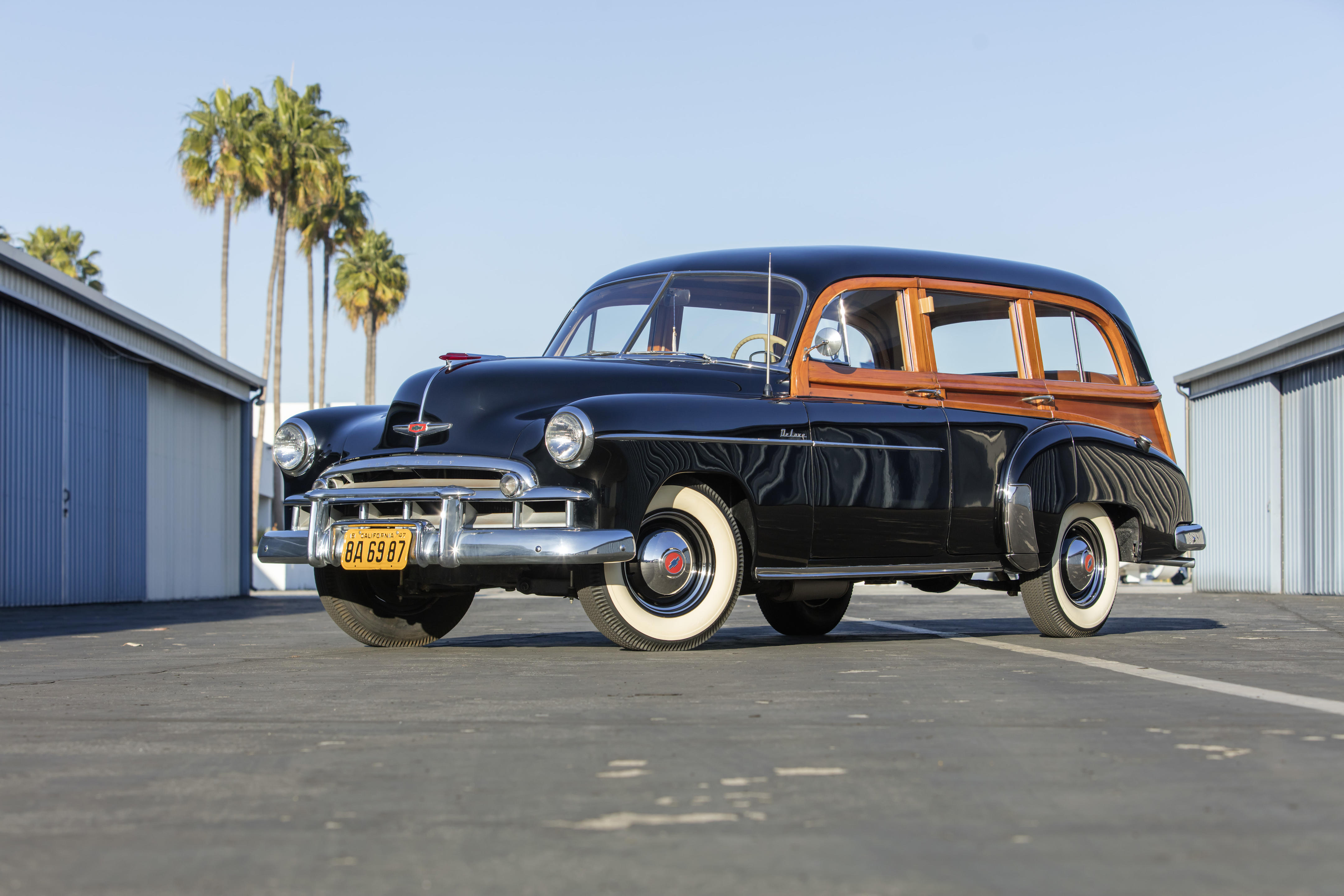
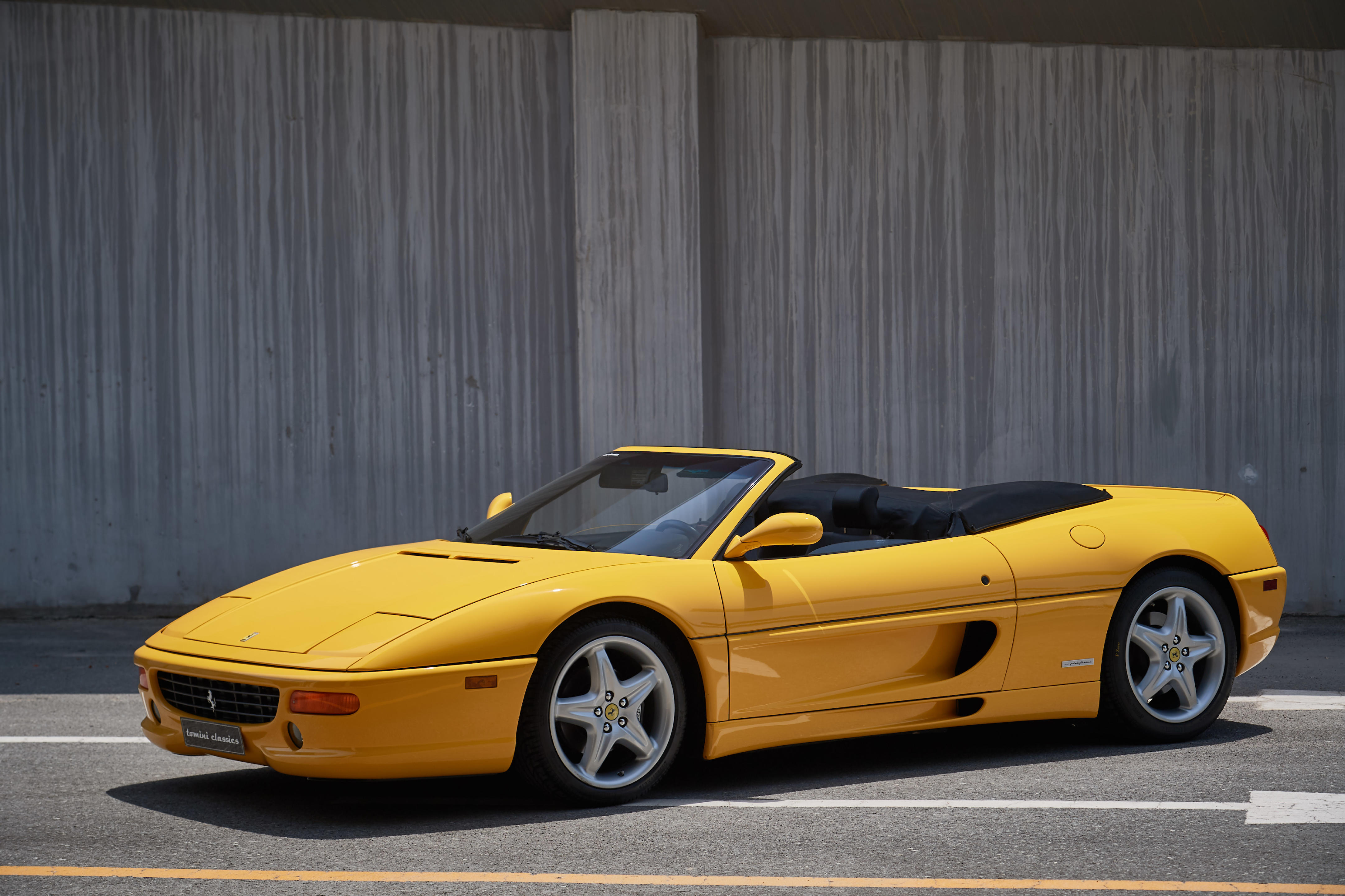
Try LotSearch and its premium features for 7 days - without any costs!
Be notified automatically about new items in upcoming auctions.
Create an alert